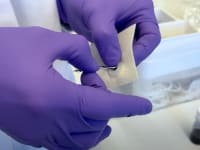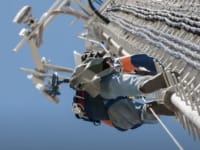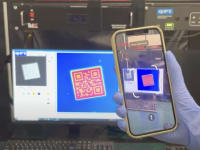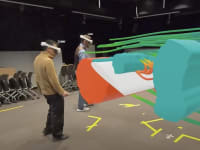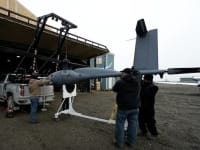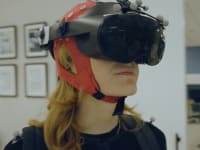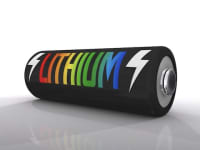Access our comprehensive library of technical briefs on electronics and software, from engineering experts at NASA and major government, university, and commercial laboratories.
2025 Holiday Gift Guide for Engineers: Tech, Tools, and Gadgets
Scientists Create Superconducting Semiconductor Material
This Paint Can Cool Buildings Without Energy Input





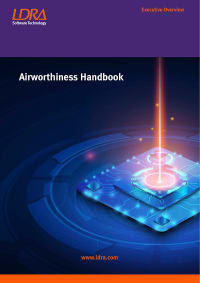






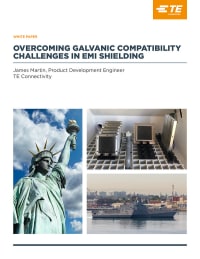
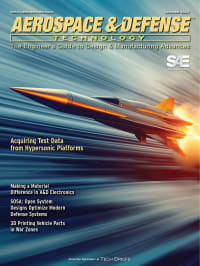





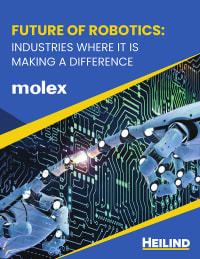





The Real Impact of AR and AI in the Industrial Equipment Industry
Next-Generation Linear and Rotary Stages: When Ultra Precision...
SAE Automotive Podcast: Solid-State Batteries
How Wearables Are Enhancing Smart Drug Delivery
SAE Automotive Engineering Podcast: Additive Manufacturing
A New Approach to Manufacturing Machine Connectivity for the Air Force
